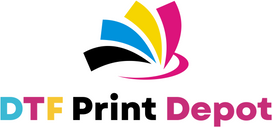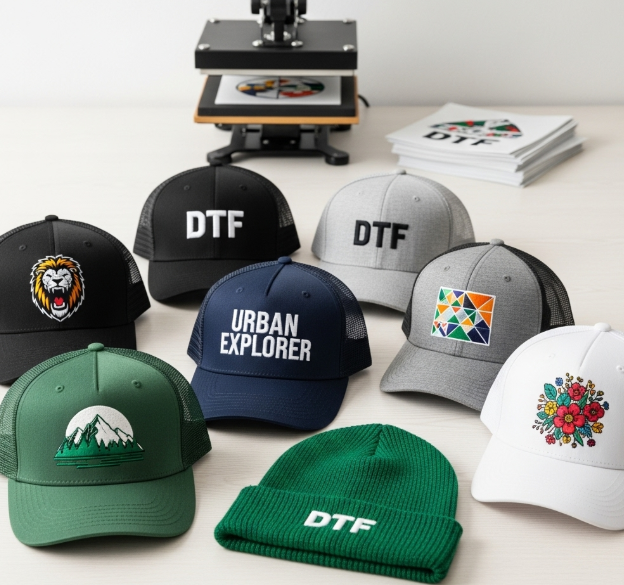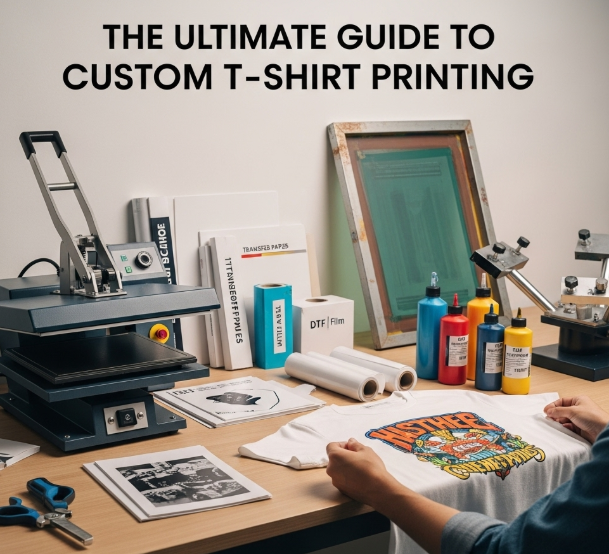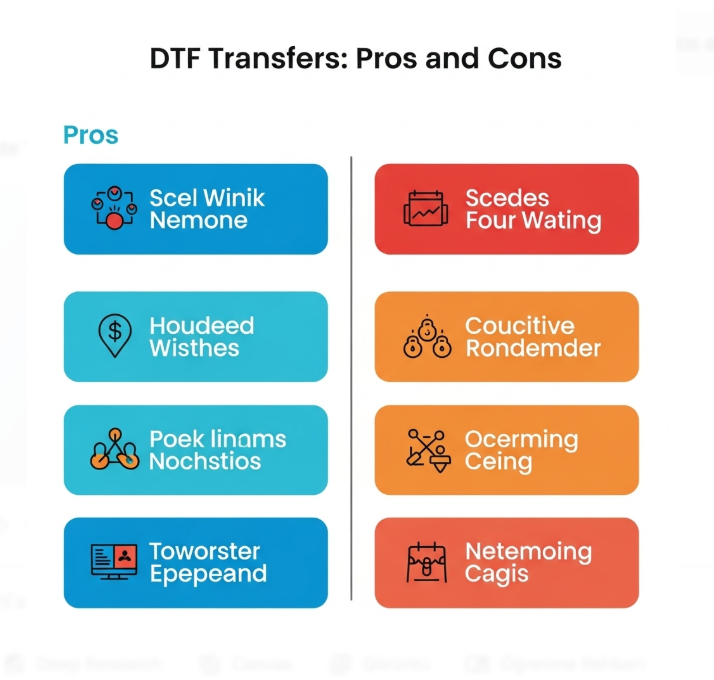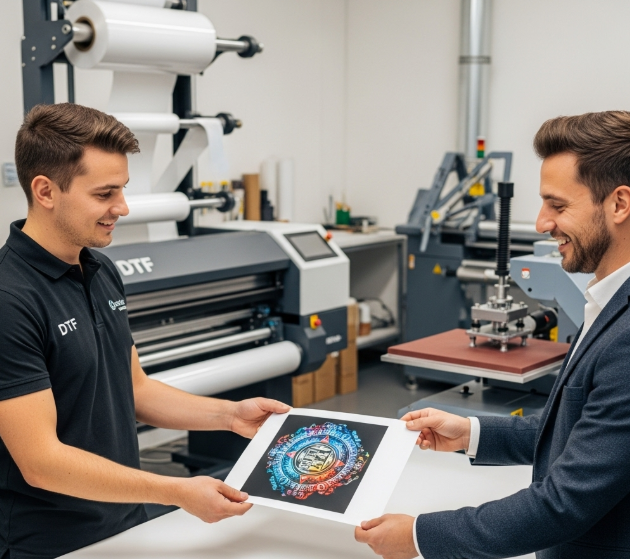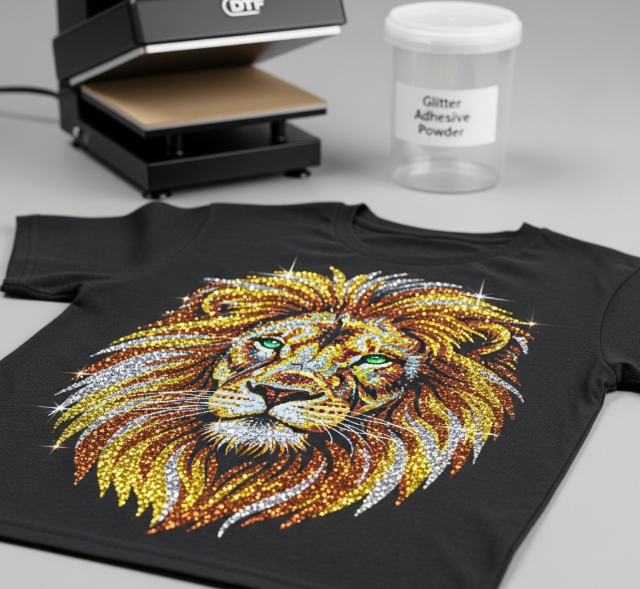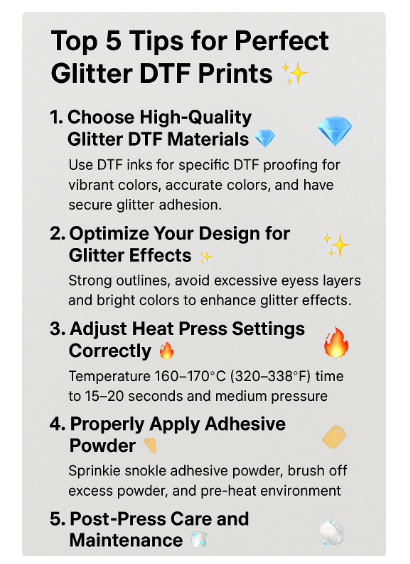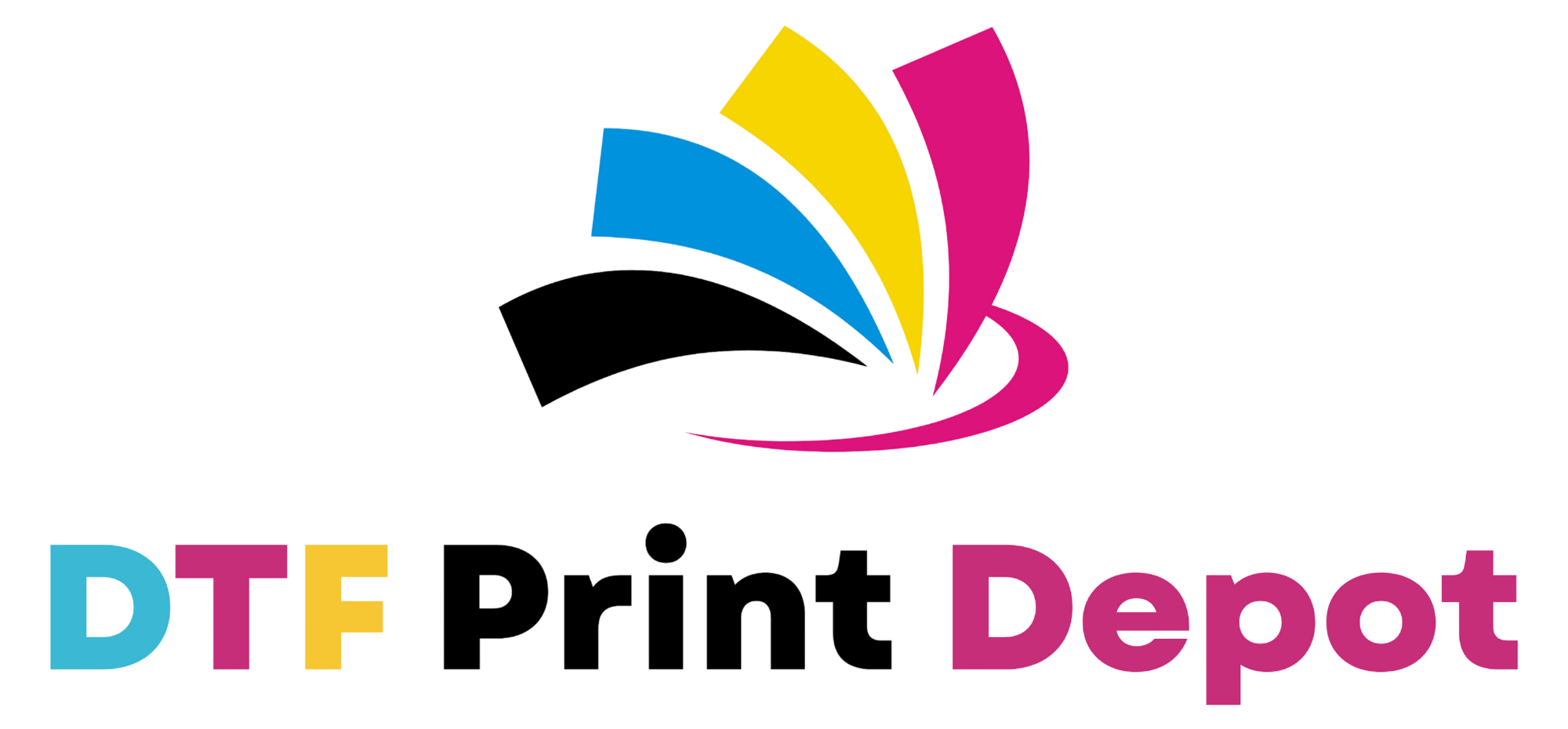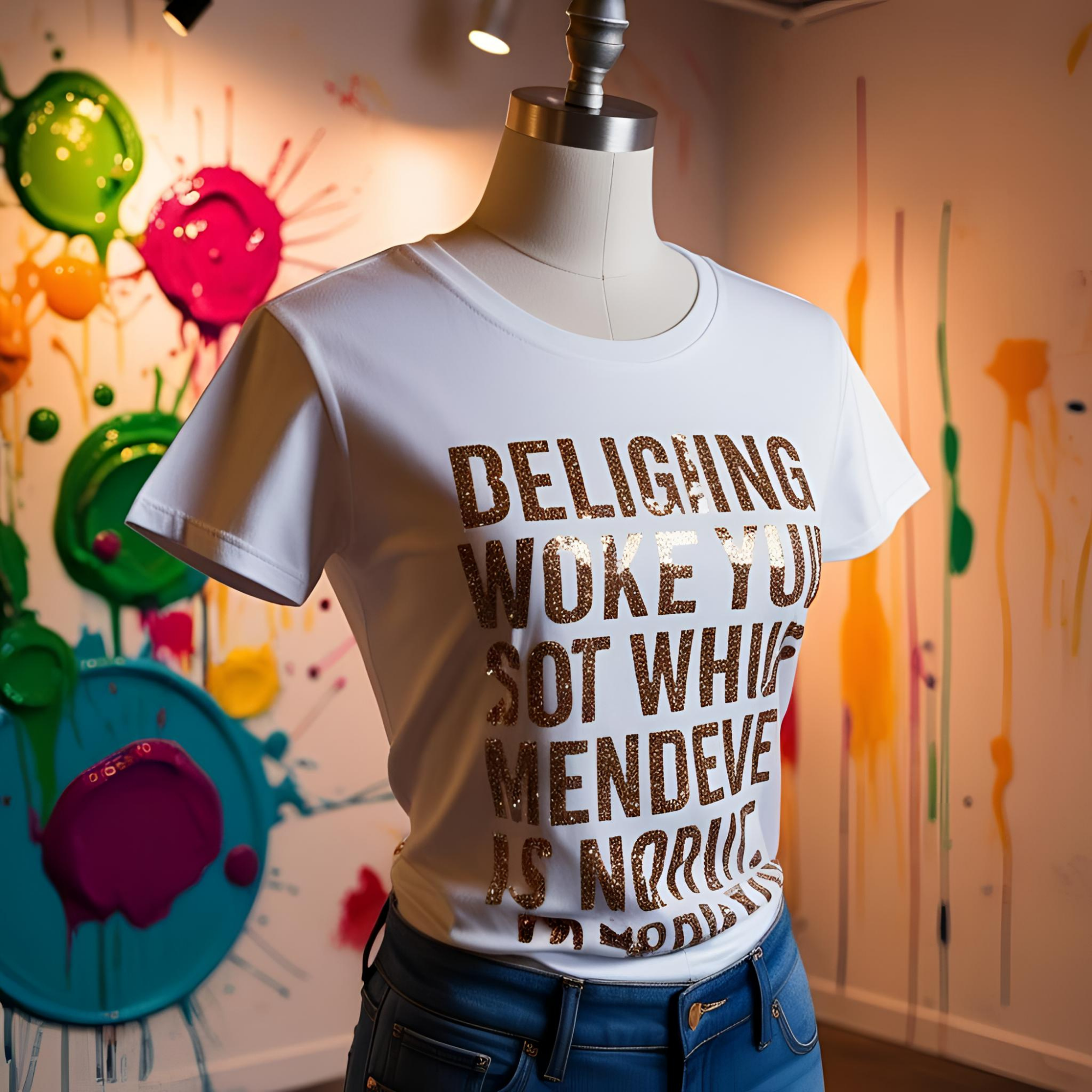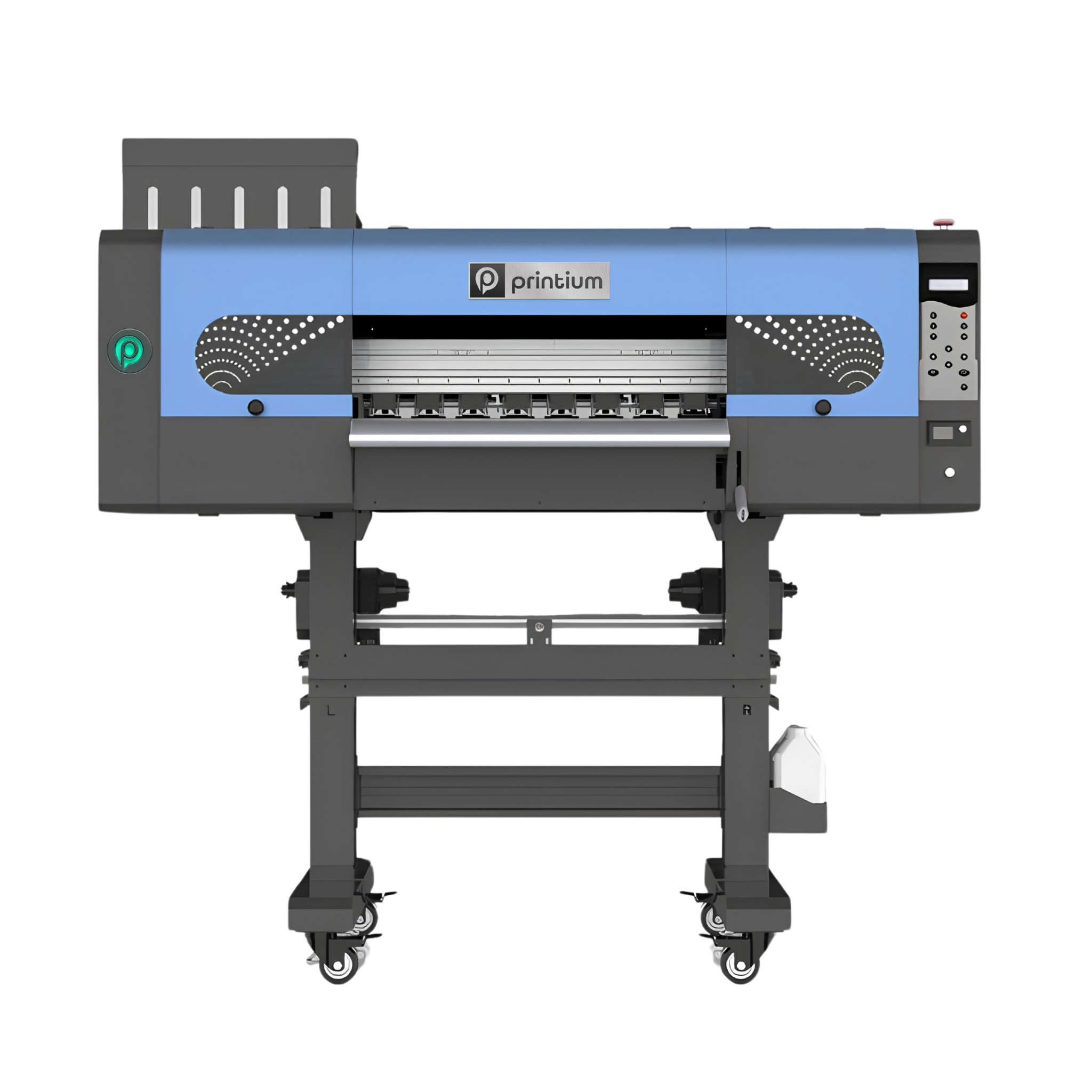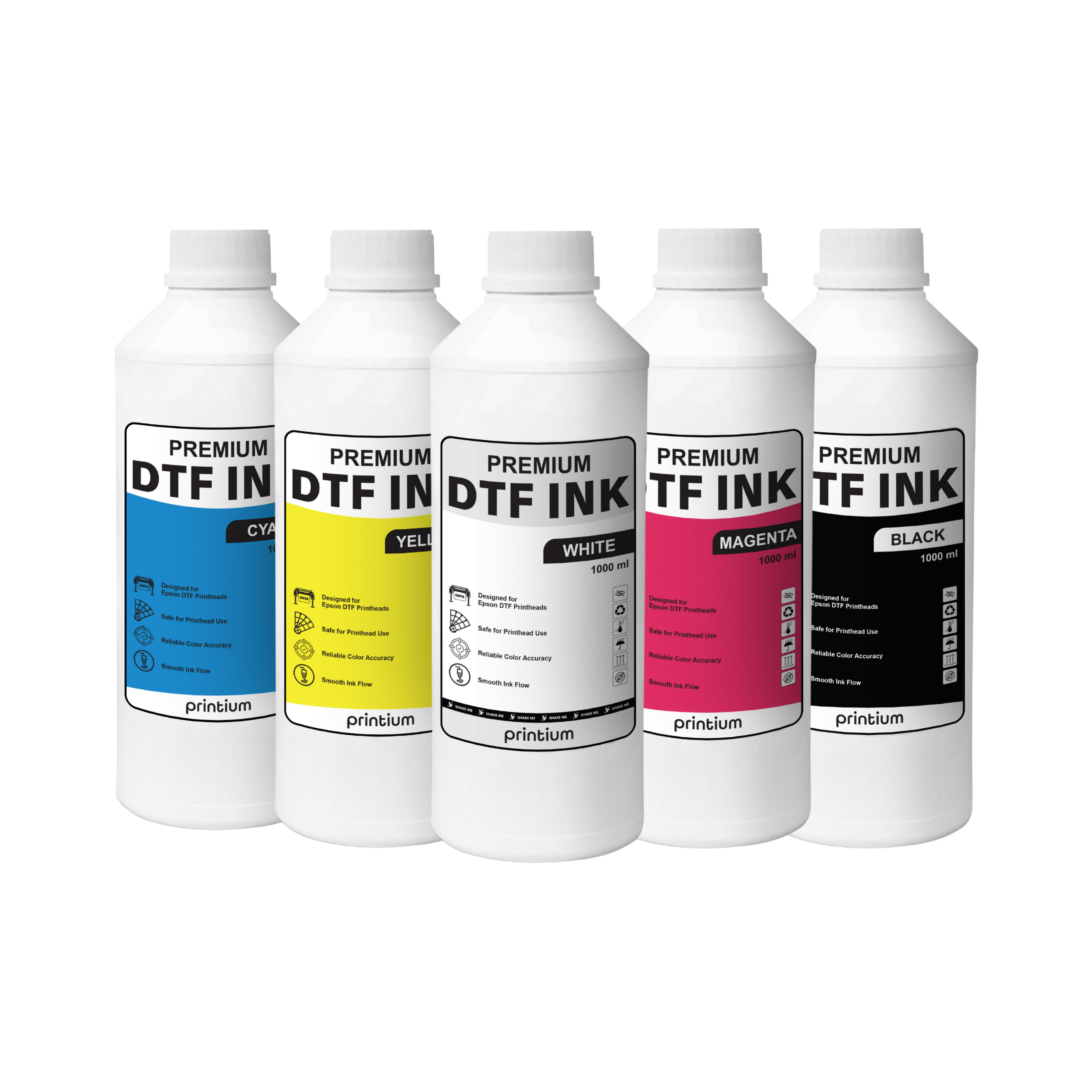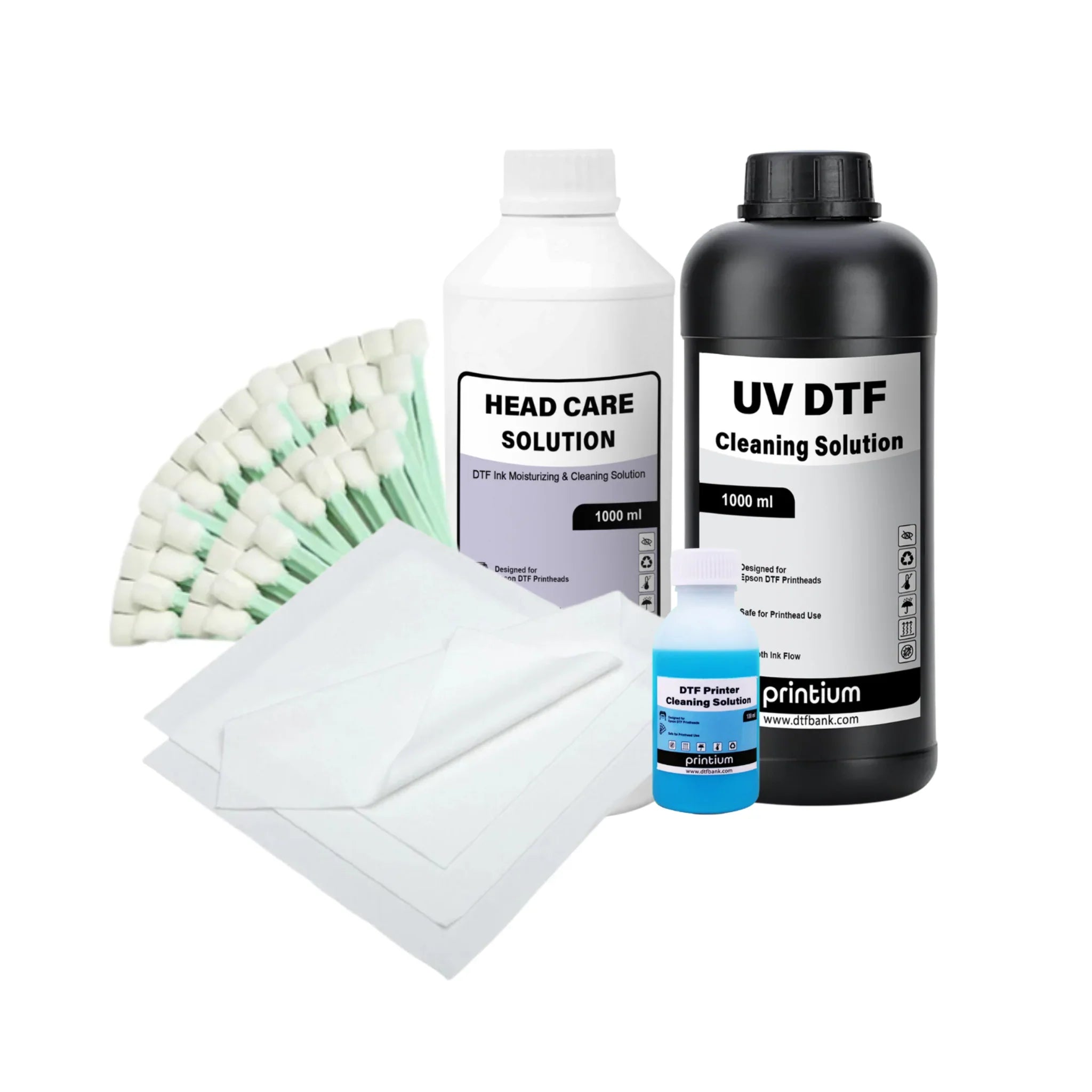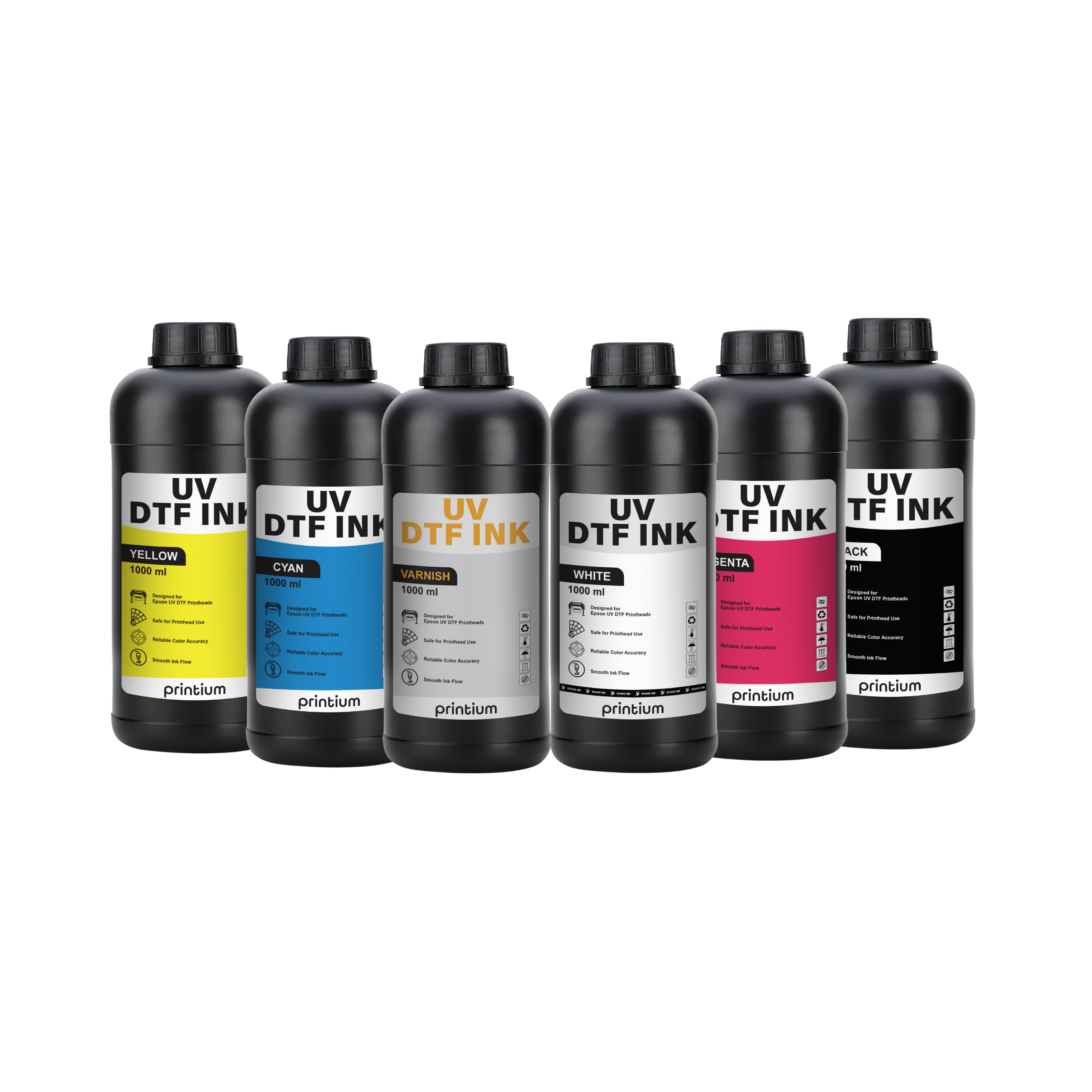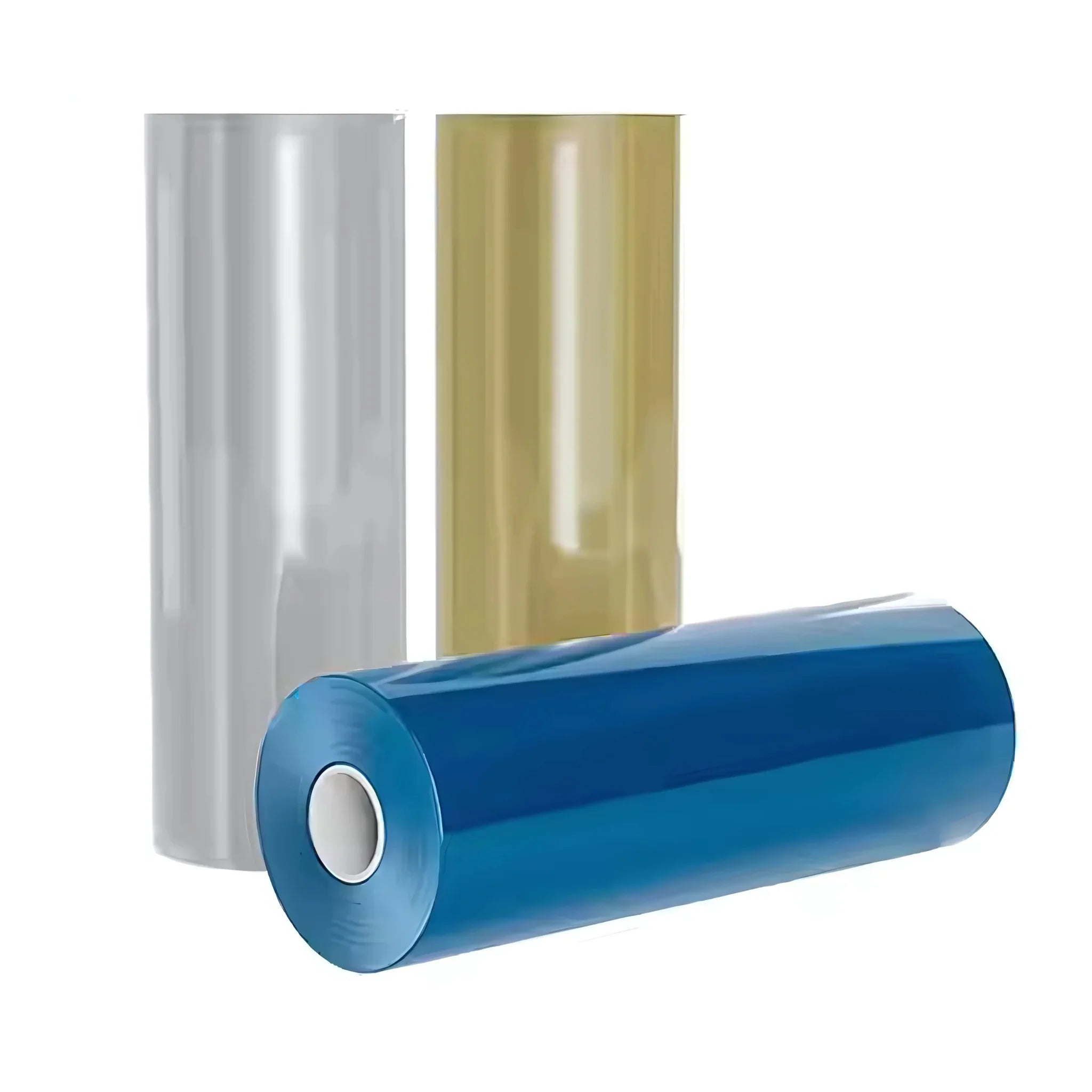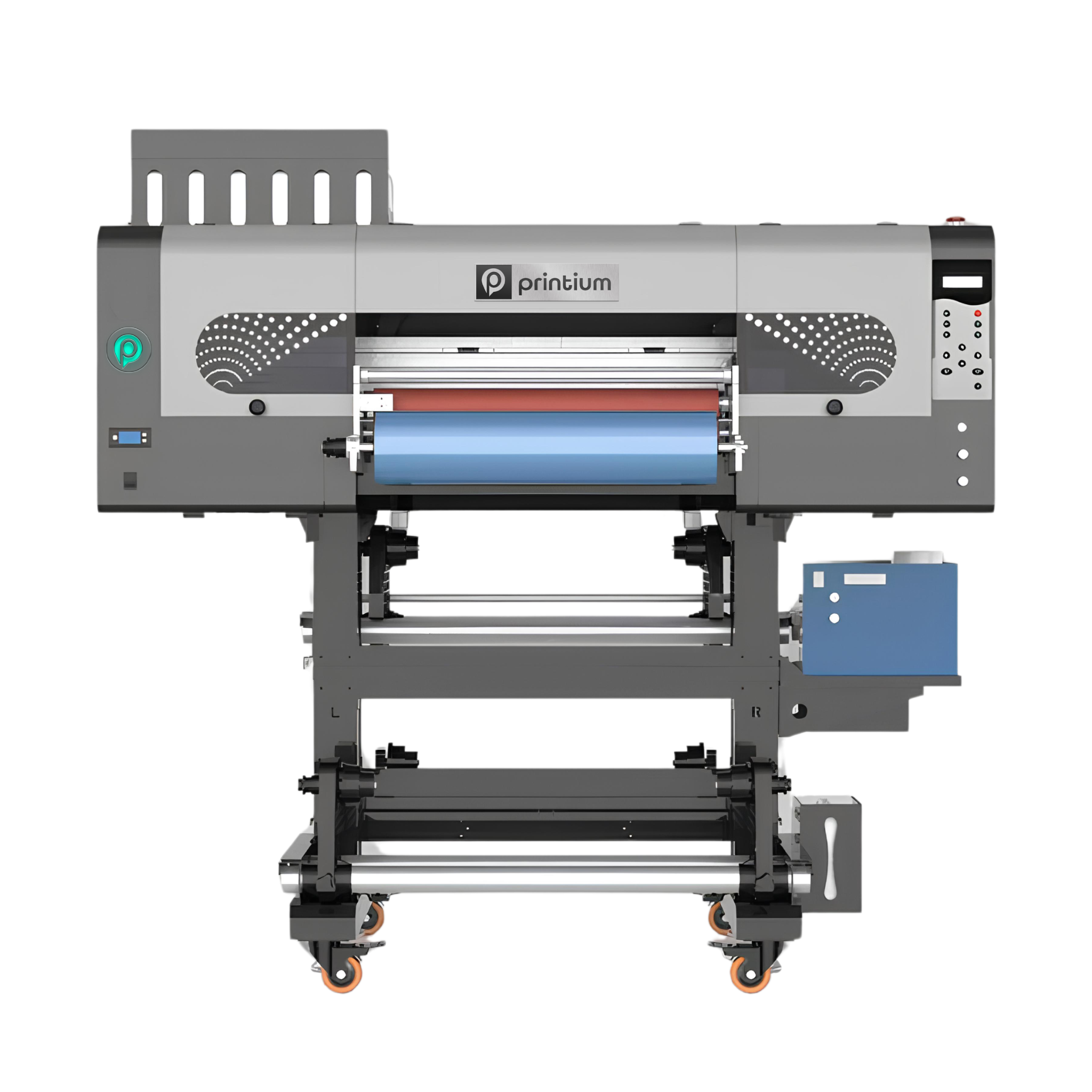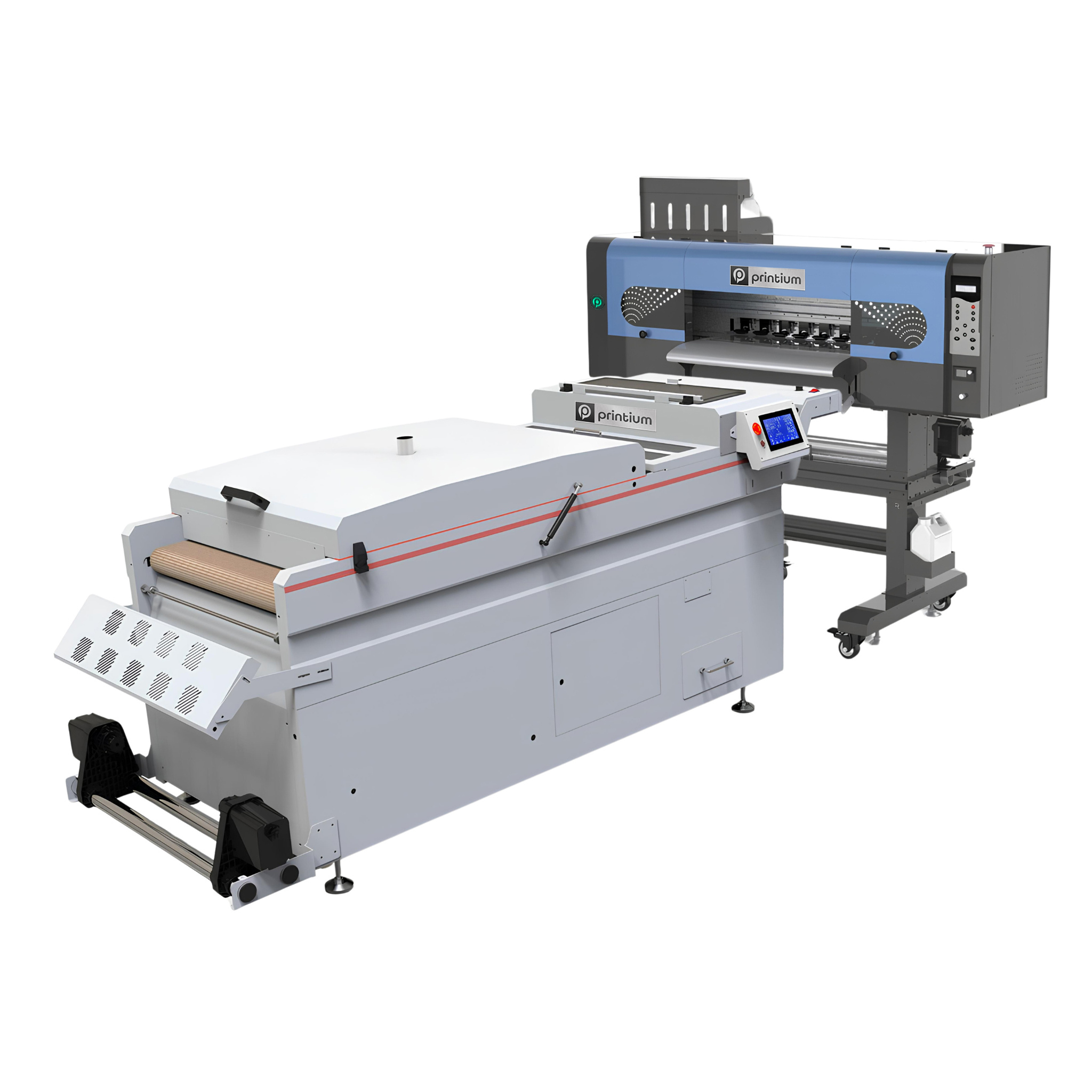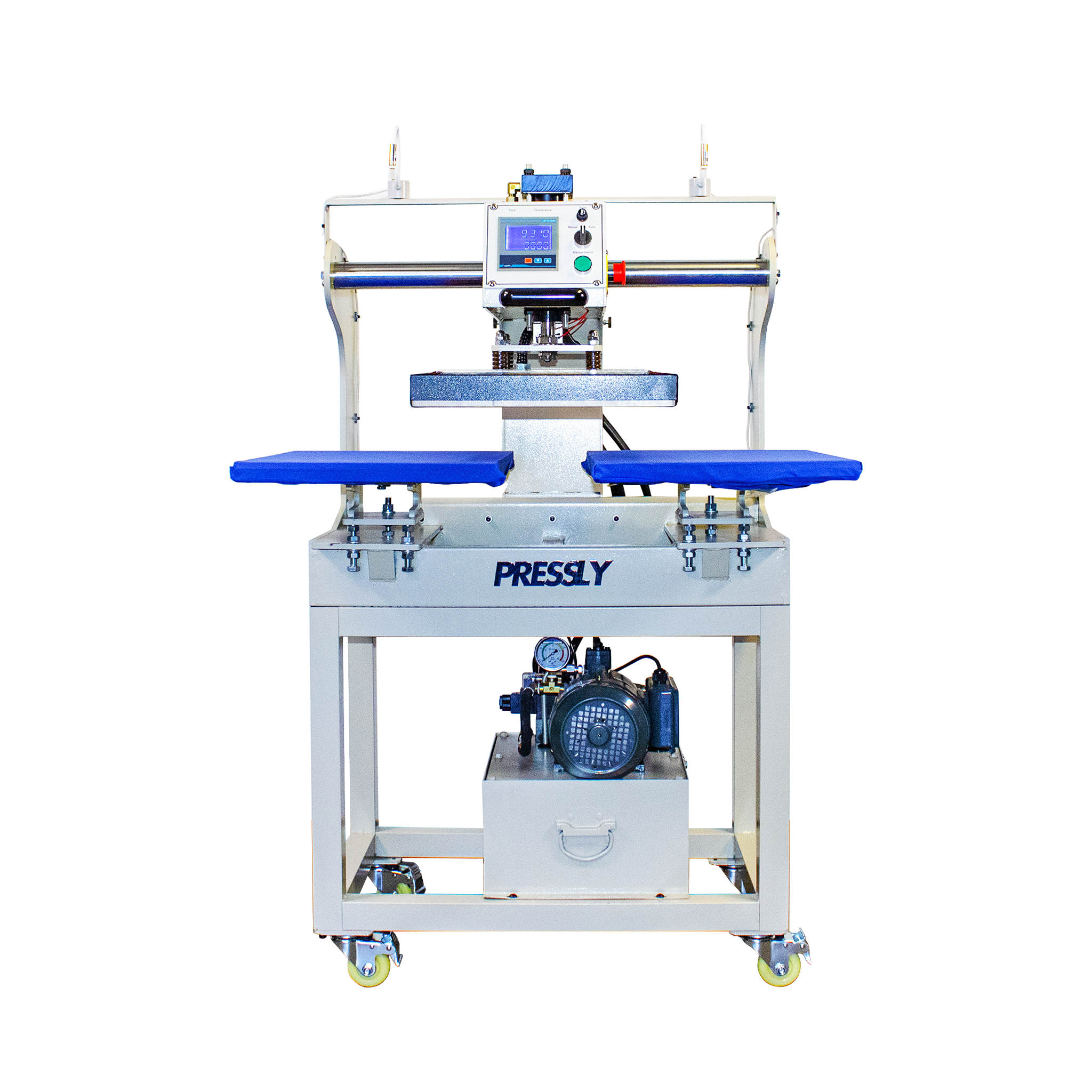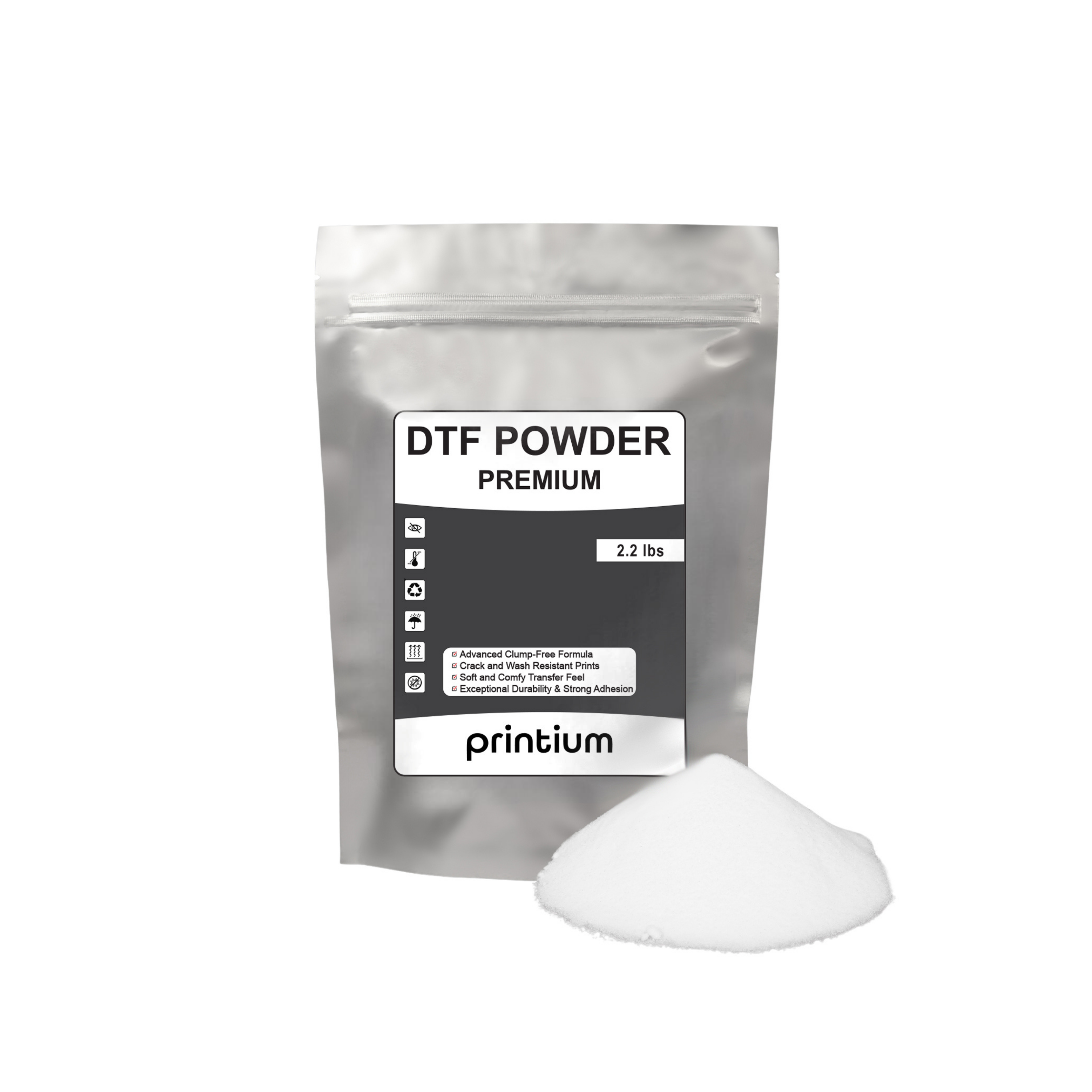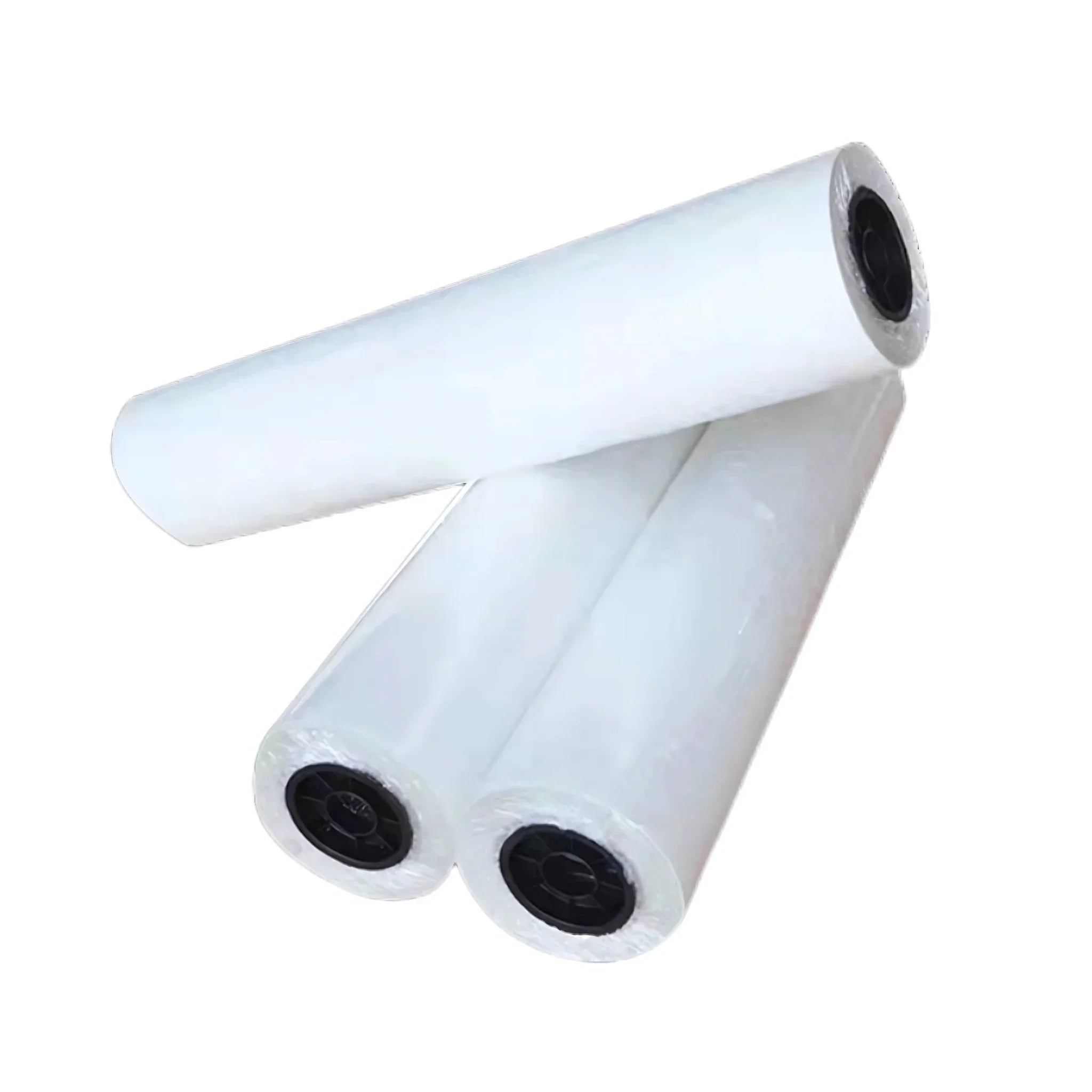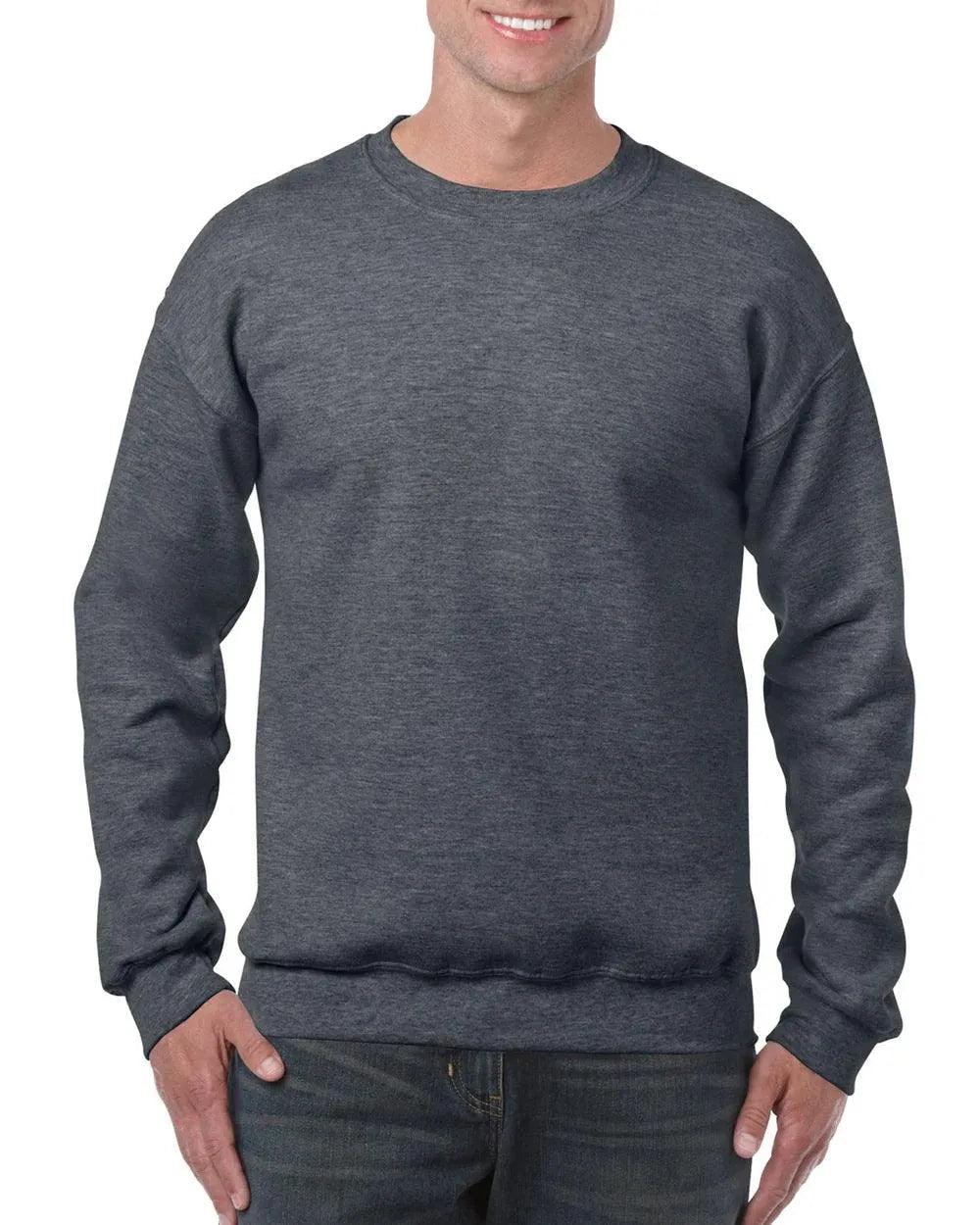How to Use DTF Transfer Film: A Step-by-Step Guide
DTF (Direct-to-Film) transfer printing has revolutionized the way designs are transferred onto fabrics. It offers high-quality, vibrant prints that are durable and versatile. If you're new to DTF printing or looking to improve your technique, understanding how to use DTF transfer film properly is essential. Here's a step-by-step guide to help you get started.
1. Prepare Your Design
Before diving into the printing process, start with a high-resolution design. It’s important to choose a design that suits DTF printing. You can create one using design software such as Adobe Illustrator or Photoshop. Ensure that the colors and details are set to match the fabric you're printing on. Also, mirror the design to ensure it's correctly aligned when transferred to the fabric.
2. Set Up Your DTF Printer
Now that your design is ready, it’s time to set up your DTF printer. Load the DTF transfer film into the printer, ensuring the glossy side is facing up. Check the printer settings to make sure you're printing in the correct mode for DTF. It's also crucial to adjust the print quality settings to high resolution to get the best output.
3. Print the Design
Once your printer is set up, proceed with printing the design onto the DTF transfer film. As the design prints, ensure that the ink used is compatible with your printer. The result should be a vibrant, sharp image on the transfer film.
4. Apply Adhesive Powder
After printing, it’s time to apply adhesive powder. This step is essential to ensure the ink sticks to the fabric when transferred. Lightly coat the printed side of the film with the adhesive powder, making sure it’s evenly spread. You can use a heat press or an oven to melt the adhesive powder onto the film. Ensure the film is smooth and dry before moving on to the next step.
5. Heat Press the Transfer
Next, you'll need a heat press to transfer the design onto your fabric. Set your heat press to the recommended temperature, typically around 160-170°C (320-340°F). Place the transfer film on the fabric, ensuring the design is aligned properly. Then, press it for around 15-20 seconds, depending on the fabric and transfer film thickness.
6. Peel Off the Film
After pressing, carefully peel off the transfer film while it’s still warm. Be gentle during this process to avoid damaging the design or fabric. The design should now be firmly attached to the fabric, showing vibrant colors and crisp details.
7. Post-Press for Durability
To ensure the longevity of the print, you may need to perform a second pressing. Place a protective sheet over the design and press it for an additional 10-15 seconds. This will help secure the print and enhance its durability, ensuring it withstands washing and wear over time.
8. Caring for DTF Prints
To maintain the quality of your DTF prints, always follow the recommended care instructions. Wash the fabric inside out, in cold water, and avoid using harsh detergents. By following these simple steps, your DTF prints will last longer, retaining their vibrancy.
Conclusion
DTF transfer film is an efficient and cost-effective method for creating custom designs on fabric. It offers a versatile way to print vibrant, durable designs on various fabrics, making it ideal for businesses, hobbyists, and professionals. By following the steps in this guide, you can produce high-quality prints that last.
One of DTF’s greatest advantages is its ability to work on a wide range of fabrics, including cotton and polyester. This makes it perfect for printing on t-shirts, hoodies, and other items. The prints are durable and resistant to washing, ensuring long-lasting results.
Success with DTF printing comes from practice and precision. Don’t be discouraged if your first few prints aren’t perfect. With time, you’ll improve and learn how to fine-tune your settings. Experiment with different fabrics and designs to achieve even better results.
As you master the process, you’ll find opportunities to expand your business or personal projects. DTF printing allows you to create unique, custom items that will attract customers and add value to your brand. The demand for personalized apparel is growing, and DTF transfers are a great way to meet that need.
In conclusion, DTF transfer printing is an exciting method for producing vibrant, long-lasting prints. By following these steps and practicing regularly, you’ll achieve professional-quality results. Keep experimenting with new designs, and enjoy the process of mastering this creative printing method!
